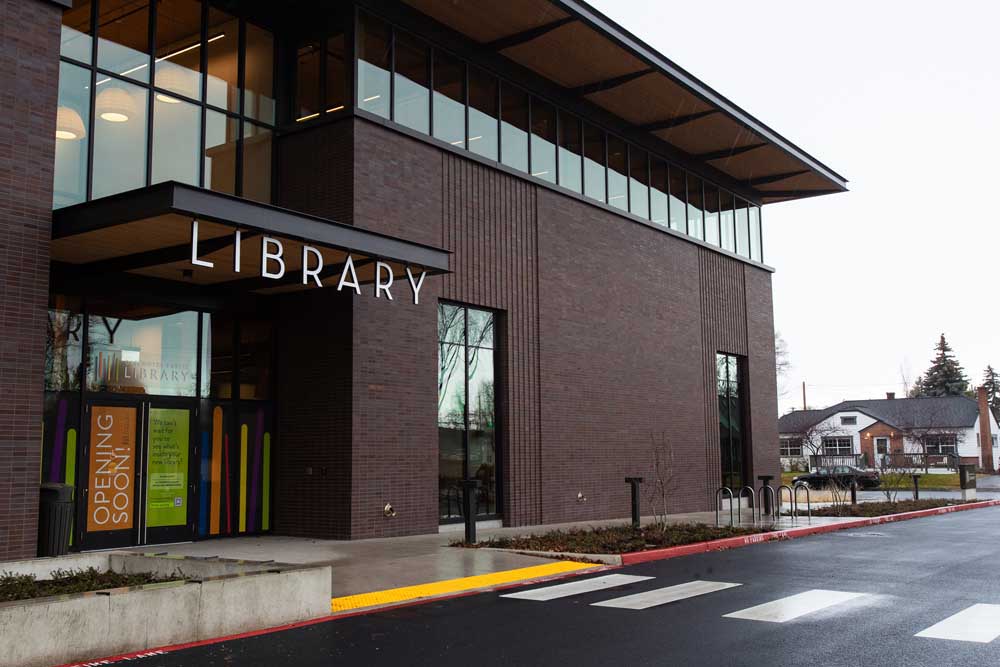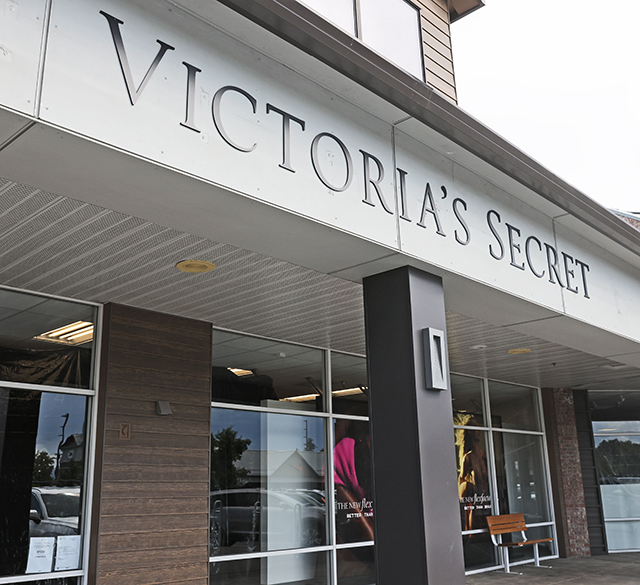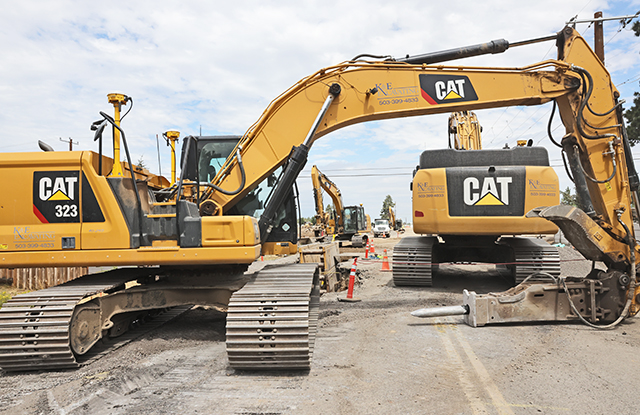Deschutes River Woods to stay outside the UGB
Published 12:00 am Sunday, July 12, 2015
A set of state-mandated goals guides the process of expanding Oregon cities, and because of their design, a relatively dense area close to Bend stands no chance of being brought into the city.
Bend is in the process of expanding its urban growth boundary, a line beyond which new development is restricted and subject to Deschutes County’s rural development code. The state controls the boundary, and in 2010, it rejected Bend’s bid to make room for growth through 2028 with 8,000 new acres.
Trending
At the time, the state said the city’s plan failed to make good use of open land within its existing footprint, an objective set out in what’s called Goal 14.
The city is now at work planning a second expansion proposal, one with a greater emphasis on density. Goal 14 isn’t just about how much land a city can absorb, but also considers the placement of roads, sewers and environmental resources to decide which land should be brought in. Because of these rules, Deschutes River Woods to the southwest of Bend, with its upscale riverfront homes and clusters of trailers, was one of the first areas ruled out.
Brian Rankin, a city planner overseeing the boundary expansion, noted the city put together a map that ranks parcels on all the factors of Goal 14. Combining all of the traits that make a spot ripe for inclusion, the city created a heat map that shows how each parcel outside the city fared. Areas that appear green on the map, like a piece of land just south of the city along U.S. Highway 97, scored the best, while those in red performed the worst.
“When you add it all up, most of Deschutes River Woods came up red,” Rankin said. “I think that analysis speaks for itself. You can look at it a number of different ways analytically, but you’ll come up with similar results. It wasn’t just one factor that ruled it out.”
One major difficulty with the land is how much it would cost to build pipes and sewers, but the invisible, legal lines that divide property owners also stand in the way.
“The area is highly parcelized, meaning there’s a lot of different, small landowners,” Rankin said. “What we’re trying to accomplish with urbanization is to create complete neighborhoods, meaning a place with a variety of uses, such as a school, a commercial area and different types of housing. When you’re working with one, big property owner, that can be easy to plan. But when you have hundreds of landowners, it can be quite difficult.”
Trending
If the city were to bring in the neighborhood, it would also have to work with all those residents to find a way to fund new infrastructure and upgraded roads that meet the city’s standards. It’s possible those costs would be carried by current city of Bend residents in the form of bonds or utility bills. Reed Market Road was once a county road, Rankin noted, and it has cost the city millions to complete that upgrade.
Given how densely populated the area already is, Rankin added, it’s not clear if the neighborhood would help the city meet its goal of accommodating future growth, as dense redevelopment schemes would be tricky to piece together.
Robin Vora, a member of the boundary expansion advisory group, wonders if despite the challenges, there may be a social justice benefit to bringing Deschutes River Woods into the city.
“It’s hard to tell, but driving around the area, it seems the infrastructure is not up to the same level and that things aren’t in great shape,” he said. “If people are willing, I think it’d make sense to talk about the idea, to see if we could provide the same level of service as folks in the city enjoy. My guess is there’s a lot of low-income people who couldn’t afford the upgrades on their own. It just seems like there may be an opportunity.”
Vora noted his suggestion was shot down at a boundary meeting by those worried about costs.
“It would cost a lot, but so will anything we do with the expansion,” he said. “Whichever direction we go, some of the improvements, which are expensive, will be paid by the city.”
Vora said he’s met residents of the area behind the idea, but said he’d definitely want to make sure the expansion was welcome before pushing it further.
From his time as a planner in Sisters, Rankin said there can be strong resistance from rural neighborhoods being brought into a city.
“People are supposing the city has something to offer Deschutes River Woods, and I wonder if that’s true,” he said. “Do they want the city to come in, pave roads and allow for more dense developments? I just don’t know, and I think some people would want the area to stay as it is.”
When an area has an established feel, Rankin said, “It’s best for the boundary process to respect that character and find other lands.”
If other land wasn’t available, he added, the city might be looking at Deschutes River Woods. But that’s not the case.
“We went through almost a year’s worth of analysis,” he said. “The area isn’t being treated different than any other, and there is land we’re ruling out in every single direction for a variety of reasons. We have thousands of other acres to look at, areas able to be developed sooner and better meet the state’s goals.”
The city plans to finish its expansion proposal by the end of 2016.
— Reporter: 541-633-2160, tleeds@bendbulletin.com








